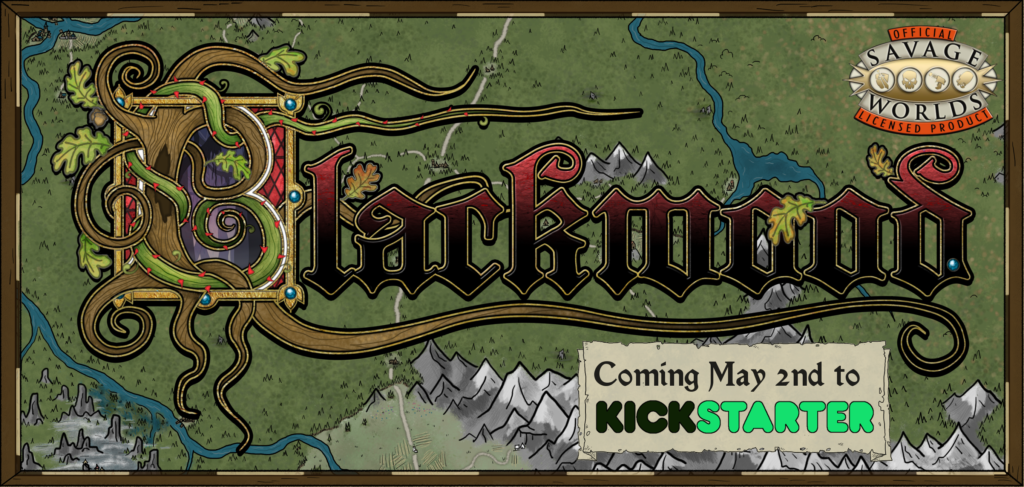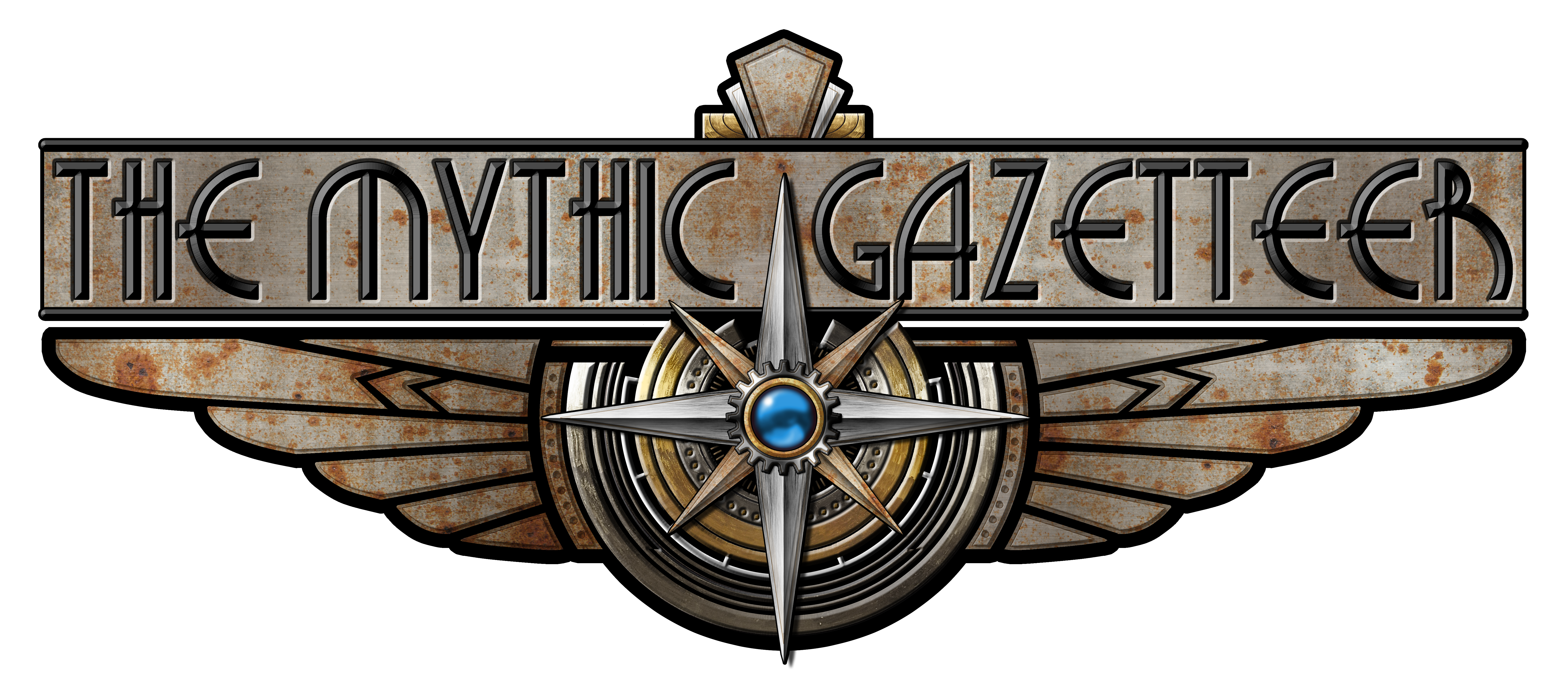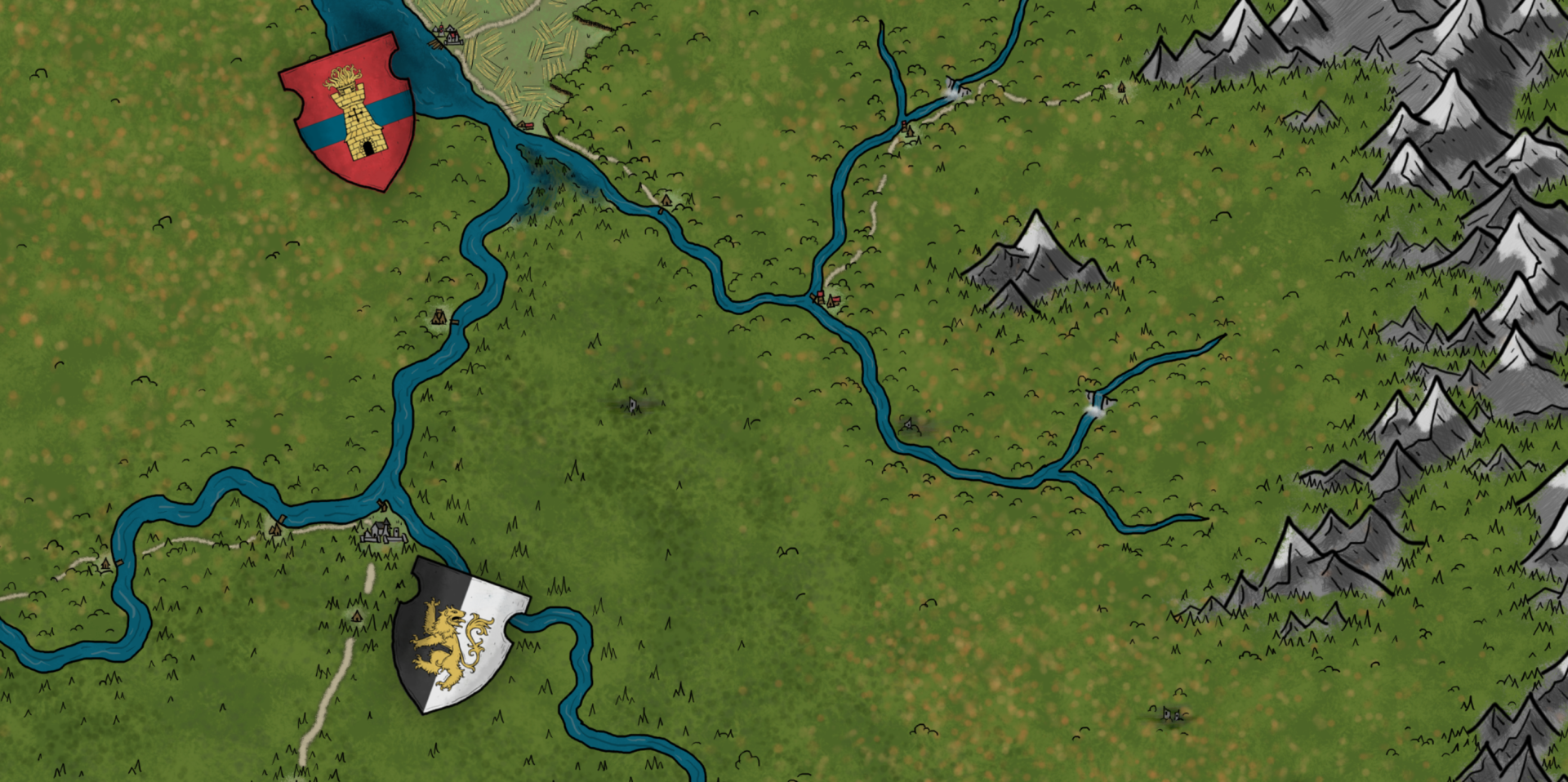FIRST THING’S FIRST!
We’re thrilled to announce that The Blackwood is coming to Kickstarter on Tuesday, May 2nd! Check out our campaign a little less than 2 weeks from now to find out how you can help bring The Blackwood Errantry Codex to life for you and gamers all over the world.

Now, onto the main even this week. A look at the most fearsome foes in the Blackwood…
Elves
Up the airy mountain,
Down the rushy glen,
We daren’t go a-hunting,
for fear of little men…
Elves in the Blackwood are not especially graceful or refined humans. They don’t fulfill the aristocrat niche in society. In fact, they are starkly opposed to civilization and all it stands for.
Elves in the Blackwood take their inspiration from the fairies and spirits of Grimm’s Tales. Many of them can change their appearance at will, though they don’t always manage to look just like humans. Age and gender–so intrinsically part of being human–are unfamiliar concepts for elves. They know enough to capture the basics, but there’s usually something off: disturbing bone structure, or hair made from tiny vines, or sometimes even more alien deviations.
No one knows exactly how the elves think or what exactly they want, but one thing is clear: elves despise the Elder Kingdom and want to drive it from the Blackwood. Pagans, human allies to the elves, are forever probing the borders of the kingdom, searching for weaknesses that can be exploited to the ruin of humanity.
Because elves are such a huge part of the setting, they are always Wild Cards. What’s worse, elves tend to come back to life a few days or weeks after they’ve been killed. In the course of The Blackwood Plot Point Campaign, the party will learn how to kill elves permanently. This information was long-forgotten by humanity, and will be a huge gift to a struggling kingdom.
Changeling
No one’s quite sure what a Changeling really looks like. Most of the time, it looks just like anyone. Then you see it up close and its smile is a little too intense, its movements a little too alien. That’s when you realize whatever Changelings really look like must not be nice. They prefer to lurk amongst humanity for days or weeks before striking at their victims. Changelings lure humans in, lull them to sleep, and devour them whole.
Attributes: Agility d6, Smarts d6, Spirit d10, Strength d4, Vigor d8
Skills: Fighting d6, Notice d8, Stealth d8, Taunt d8, Throwing d8
Pace: 6; Parry: 5; Toughness: 6
Special Abilities:
– Claw: Str+d4
– However Ye Please: With a successful Spirit roll at -2, changelings can assume the appearance of any human or animal. Errants must pass a Notice roll at -2 to see through the disguise. This penalty increases to -4 if the changeling gets a raise on its Spirit roll. On a failure, the illusion is twisted and obviously incomplete.
– Leaf Darts x15: Range 3/6/12; Str +d4; RoF 3
– Powers: Changelings have 20 power points and typically know the confusion, deflection, elemental manipulation, and teleport powers. They use Spirit as a spellcasting die.
Hollowback
For the most part, a Hollowback looks like a human. But its features are strangely sharp, and if you look you’ll find a hole in its back revealing a hollow wooden body. Hollowbacks usually resemble comely young men and women. They idle their days lying near streams or in groves, though they are dangerous foes when their capricious anger is roused. Then, a Hollowback’s wooden body turns into a weapon from daggerbraid to toe. Usually, a Hollowback can be appeased by lying with it for a few weeks. It’s no surprise, then, that Hollowbacks are thought to have sired many Elfmarked children.
Attributes: Agility d10, Smarts d6, Spirit d6, Strength d12, Vigor d8
Skills: Fighting d12, Intimidation d8, Notice d6
Pace: 6; Parry: 8; Toughness: 8 (2)
Special Abilities:
– Armor +2: Oakenflesh
– Daggerbraid: Str+d6, +2 to Grapple checks
– Gnarled Fists: Str+d8
– Wild Temper: Hollowbacks get destructive when they’re angry. They have the Ambidextrous and Two-Fisted Edges.
– Powers: Hollowbacks have 6 power points and usually know the armor and beast friend powers. They use Spirit for their spellcasting die.
Wild Hunt
Hunters have no choice but to seek out the wilds for the sake of hearth and home, but sometimes the tables are turned. Every winter, the howling of wind in a blizzard is the herald of the Wild Hunt. The mere presence of these solitary elves can drive humans mad. Elves may be more plentiful in the summer, but in the winter they are all the deadlier.
Following their twisted hounds, the Wild Hunt seek out all who are lost, to drag them away to elfland. Their horns thunder through the winter gale. When errants close with the Wild Hunt in battle, it brings the wind itself to bear in its defense. The Wild Hunt slips through the wind to just behind your shoulder, or stabs at your heart with a frigid blast.
Attributes: Agility d12, Smarts d8, Spirit d10, Strength d8, Vigor d8
Skills: Fighting d8, Intimidation d6, Notice d8, Shooting or Throwing d10, Riding d8, Tracking d8
Pace: 8; Parry: 7; Toughness: 8 (2)
Special Abilities:
– Armor +2
– Blade of Biting Wind: St+d6, Parry +1, Reach 1, 3/6/12, no hands
– Blizzard: The Wild Hunt is so potent a magical entity that it sustains a supernatural winter storm around itself at all times. Treat this as a Cold Hazard that covers a square mile of terrain. It grants heavy cover to anyone further than 2 yards away. If the Wild Hunt is killed, the blizzard dissipates over the course of 10 minutes.
– Hounds: Some say the hounds of the Wild Hunt are people who were dragged off by other hounds and twisted into grotesque thralls. The Wild Hunt is usually followed by 2 hounds per player. Treat these hounds like wolves from Savage Worlds, with one exception: when grappling, hounds can make an opposed Strength check to drag their target 1” for every success and raise. If a target is dragged more than 6”, he turns into a puff of leaves and is blown away to elfland, never to be seen again.
– Powers: The Wild Hunt has 20 power points and usually knows the blast, drain power points, puppet, and teleport powers. Whenever it casts puppet, it will compel the target to attempt to cannibalize the target’s companions. The Wild Hunt uses Spirit as a spellcasting die.
Design Notes
Elves are inspired by fey creatures from myth and folkore, but I also applied a lot of research about forest ecology when creating the elves. In particular, Forest Primeval by Chris Maser was a wonderful, narrative tale about the 1,000-year history of an old growth forest in the Pacific Northwest. Based on that book, I conceptualized the elven hierarchy like a forest: diverse, chaotic undergrowth, and young trees locked in stasis because the hue, ancient trees have blocked out most of the sunlight needed for growth.
In brief, there are three classes of elves. Lowest are the brush elves, which are numerous and simple (which is not to say they’re pushovers; never underestimate elves). Next are the sapling elves, which are less numerous, more dangerous, and are usually locked in their growth for decades or centuries. The most powerful elves are named for the thickets that lie at the heart of every wilderness. Thicket elves are rare, extremely powerful, and extremely deadly. Their natural magic affects the world around them, sometimes for hundreds of feet in each direction.
Changeling (Brush Elf): Stories about elves swapping out young children are common throughout European folklore. In the Blackwood, changelings are an adult twist on these stories, with a hefty dose of stalker tropes. Like the clown doll in the classic urban legend, changelings lie in wait for a long time before striking at their targets in a moment of surprise.
Hollowback (Sapling Elf): In Scandinavian folklore, the Hulder is an embodiment of the seductive allure of nature and (I suspect) an invocation of the “horny teenager” trope. I liked the description of these creatures but I didn’t like the gender exclusion. I made Hollowbacks male or female (whichever they prefer), and used the Hulder’s super strength as a chance to create a true wuxia non-human combatant.
Wild Hunt (Thicket Elf): Myths of the Wild Hunt crop up all around northern Europe. Sometimes the Hunt is lead by Odin or Satan or just an unidentified lost soul. In First Nations folklore, the windigo is an evil spirit that plays on fears of winter starvation and thoughts of cannibalism-by-desperation. In both myths, a spirit threatens to drag humanity off into death or madness. In the Blackwood, the Wild Hunt is a bit of both myths. It has “hounds” that can drag people off to elfland, and its puppet power can force humans to try and cannibalize each other. All this happens in the midst of a huge, awful blizzard.

